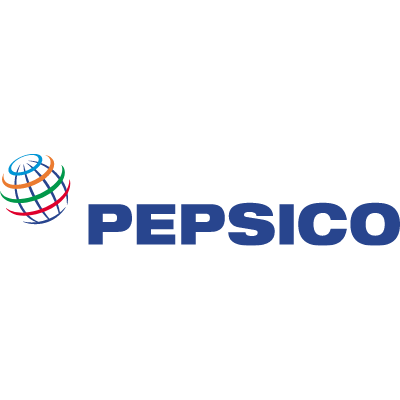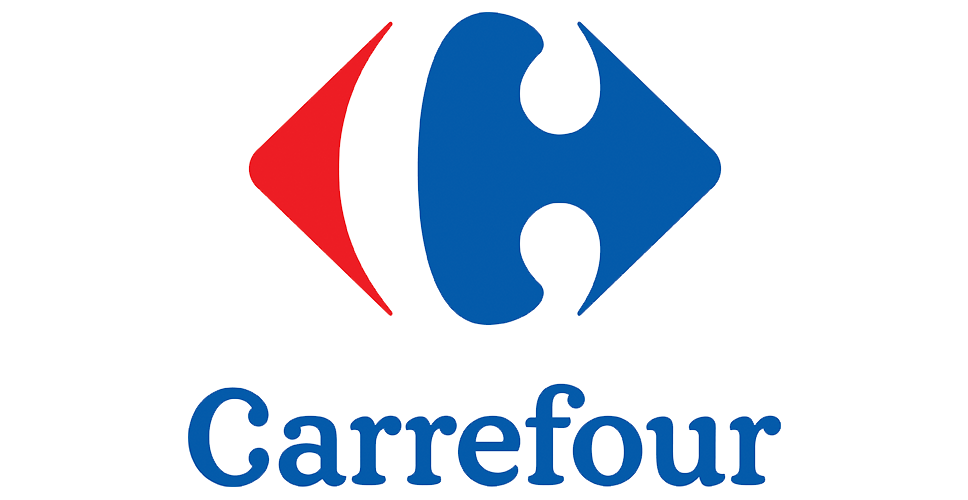Before starting to sell your products or services, you need to identify your target audience, i.e., create customer personas. Next, you have to map a customer journey for every persona you have identified in the user research. Only then you can start selling. In this blog post, you will learn what customer journey mapping is and see a few practical examples.
What is a customer journey map (CJM) and how is it used?
A customer journey map (CJM) is a diagram that represents the buying process from beginning to end. It highlights the various steps that customers go through when making a purchase: from planning to using and reviewing your product or service. Each step of the journey is represented by a box that shows where people are in the buying process at any given time. Each box includes text that outlines key elements of the buying cycle. Anyone can create a CJM. However, experienced UX designers can make one that is easy to interpret.
Customer journey maps are used extensively in marketing strategies and can help businesses determine pricing structures for their products or services. For example, retailers use CJMs to identify high-profit selling paths within their online stores. This helps them determine where customers should look to maximize sales.
Additionally, advertisers use CJMs to understand which ad campaigns generate the most sales and which demographic groups they are focusing on with their campaigns. This allows them to minimize lead generation efforts and maximize sales among interested parties.
CJM mapping can also be used by businesses when making product improvements or when determining whether an improvement is worthwhile in general. For example, businesses can use customer journey maps to identify potential problems with their items or services that people may notice while on a buying expedition.
CJM also helps with customer retention identifying reasons why they abandon the purchase process.
They can also use CJMs as a way of benchmarking competing products against which they can measure the quality of their products. This helps companies identify areas where they can improve their products or services so that consumers will be more likely to buy or use them.
Customer journey maps—practical examples
Let us look at some practical examples of what customer journey mapping may look like.
Toward the ultimate goal: a main customer path and side paths
In the historical model, which was often applied in e-commerce, the customer journey map was simple. It started with an advert that directed customers to an e-commerce site where they could finalize a purchase. Then, the purchased items were delivered, or customers collected them by themselves.
Now, things are more complex. To make them clearer, let us imagine a fishbone diagram (also called an Ishikava diagram) where you have a main customer path (a backbone) and side paths (spines). Both the main and side paths lead to the ultimate goal, which is a purchase, contact with a consultant, scheduling a meeting, etc., depending on your business goal. Regardless of where the customers start their journey, they should be led by hand toward the crucial goal.
Translating this to e-commerce practice, the customer makes a final purchase on an e-commerce site but before that they read your blog, watched a product description on your YouTube channel, read product reviews on external websites, etc. All these paths should educate customers on the item and confirm their need to have it. The e-commerce website is the main path leading to the purchase, while other paths are side routes that should eventually lead to the same goal as the main one. In all these stages of the purchase process, customers need to be led by hand to minimize the risk that they abandon the process.
You can find a practical example of such customer journey mapping on the Polish website Bezpieczny.pl, where you can buy different types of insurance policies. You can make a purchase or contact an agent directly who will give you a discount code. So, the website is the main path, while talking to the agent is a side path. All of them lead to the goal, i.e., purchasing insurance.
It is important to underline that the above customer journey map works both for B2C and B2B scenarios. In the latter case, the education process may be more complex and take longer but the idea behind it is the same: lead the client by the hand toward the final purchase.
When offline and online sales are combined
In the case of large retail stores, the situation is different.
Here, customers can also use an e-commerce website, a mobile app, or a phone to order the product. Instead of having it delivered, they can choose the option to collect it from the retail store by themselves (the so-called “click and collect” option). In this scenario, the website and the mobile app work as huge digital catalogs of products that are purchased in the physical store.
Additionally, some companies may want to reward their customers (e.g., with discounts, loyalty points allowing them to buy other products cheaper, etc.) for choosing the “click and collect” option.
In a showroom option, on the other hand, customers can go to a retail store to see the products and order them later using a website or a mobile app. Customers can see the physical products but they are shipped door-to-door from the central warehouse.
These are examples of customer journey maps where online and offline paths cross. Of course, their common goal is the purchase. In order to make it happen, you need to remove any obstacles or distortions that could interrupt the customer’s journey toward this goal.
Also, combining offline and online sales paths is a perfect use case for augmented or virtual reality (AR and VR). Let us imagine a catalog in the form of tags or codes allowing customers to see real products using VR googles or AR devices (tablets, glasses, etc.). Home decor stores seem to be a perfect place to use VR/AR technology to make it even easier for customers to buy products.
Multiple customer personas
In some cases, the customer paths can be segmented into a main persona and several supporting personas. For example, in B2B marketing of software development services, your target persona would be an IT director or CTO as the person who takes the final decision. In B2B scenarios, the purchase process is much more complex than in B2C. There are other people involved such as a finance director (to decide on budget), a technical lead or a solution architect (deciding on the technology stack), and a project manager (setting up the project timeline).
In order to sell your services, you need to address the needs or concerns of all these supporting personas in your customer journey mapping. Of course, it may be that you will not need to do this because the CTO will handle the entire process alone. But in bigger organizations, there are usually more people involved in the decision process. You need to identify them correctly and include them in your customer journey map.
The number of supportive personas may be large due to the specific product segmentation, demographics, or sociological characteristics. To identify them all, you will need to conduct more complicated user research to make sure you address their concerns correctly. You can use an Ishikava diagram where each spine will be a separate supporting persona, while the backbone will be the main persona or your most frequent customer/client.
In general, when building a core customer persona, you should be looking at the largest revenue stream associated with it. Supportive personas, on the other hand, can complement the vision of the most frequent customer. Of course, when building personas or supporting personas, you should also keep in mind the aspect of exclusion (e.g., technological), an also be aware of the pitfalls of a distorted picture resulting from poor assumptions (so-called biases: cognitive biases, motivational biases, framing biases, anchoring biases).
Customer journey mapping—why it is important
Customer journey mapping assists in understanding the customers’ needs and in building trust with customers. Mapping is an effective way for businesses to respond to their customer’s needs and keep their customers satisfied. A customer journey map helps you to understand where your product or service fails and where you need to improve it. By documenting your interactions with customers, you can spot recurring issues and address them accordingly. This makes customers more likely to become regular customers and promotes brand loyalty.
Additionally, it provides evidence of your company’s responsiveness to customer complaints, making it easier for you to win customer trust. In addition, mapping can help with retention; mapping shows how satisfied your customers are with your product or service and how you can keep them happy.









